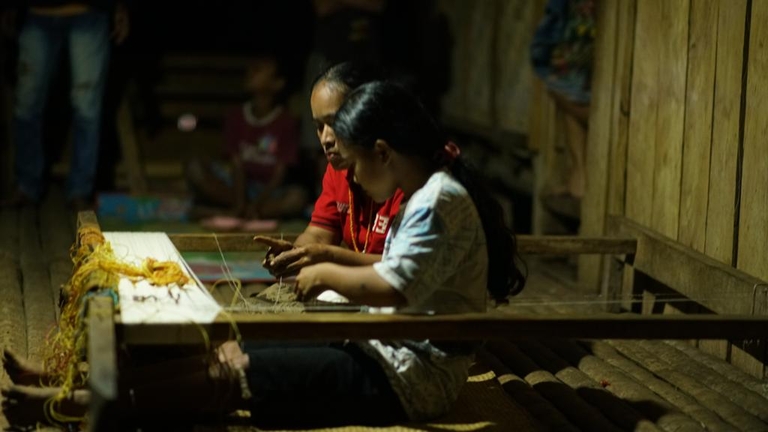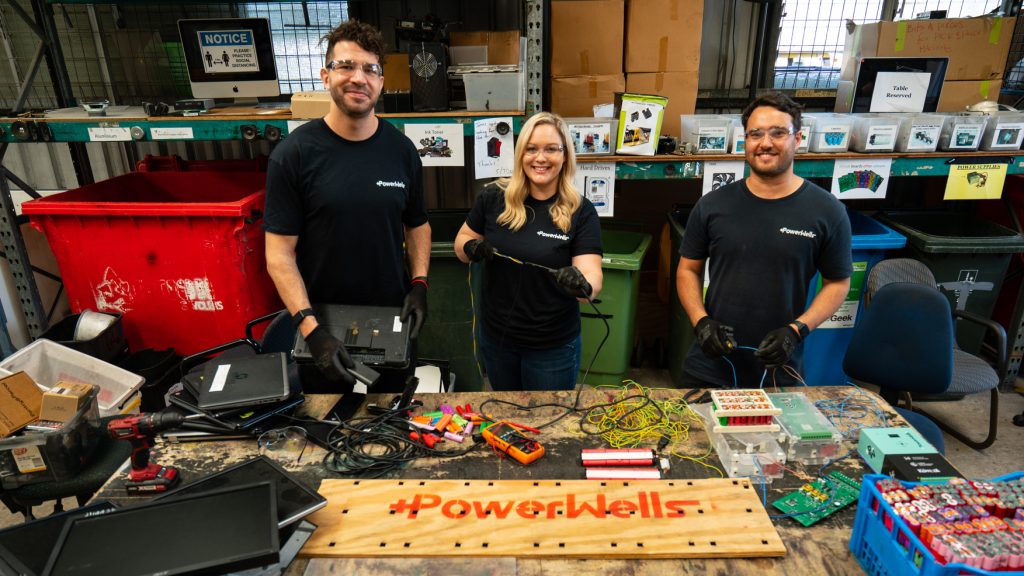- I recommend the Pixel 9 to most people looking to upgrade - especially while it's $250 off
- Google's viral research assistant just got its own app - here's how it can help you
- Sony will give you a free 55-inch 4K TV right now - but this is the last day to qualify
- I've used virtually every Linux distro, but this one has a fresh perspective
- The 7 gadgets I never travel without (and why they make such a big difference)
PowerWells: How a startup is solving the dual problem of energy poverty and electronic waste

Now that the Cisco Global Problem Solver Challenge 2022 winners have been officially announced, you’ll want to learn more about each winning team and the story behind each innovation. The Cisco Global Problem Solver Challenge is an online competition that awards cash prizes to early-stage tech entrepreneurs solving the world’s toughest problems. Since 2017, the competition has awarded $3.25 million USD to 78 start-ups from 25 countries.
We are excited for you to learn more about the 2022 winning teams addressing some of the biggest challenges we face through technology-based solutions.
Meet PowerWells, a startup based out of Australia that won a $75,000 USD Regional First Runner-Up Prize in the Asia Pacific, Japan and China (APJC) region. Their solution addresses the dual global problems of electronic waste management and lack of access to basic electricity.
I sat down with Bradley Clair, one of the co-founders of PowerWells, who is passionate about the intersection of electronic waste recycling and energy poverty solutions. He shared more about how PowerWells is diverting batteries from landfills and how they are helping people make the switch from kerosene to clean energy.
What problem is your technology solution trying to solve?
Brad: PowerWells is trying to solve the dual problems of energy poverty and electronic waste globally. We want to replace people’s reliance on kerosene lanterns, which is terrible for the environment and your health. A family sitting around a little kerosene lamp is equivalent to smoking two packs of cigarettes per day. At the same time, in Australia, only about 2 percent of lithium-ion batteries are currently being recycled or repurposed. Ninety-eight percent of those batteries are potentially ending up in landfills. There’s still so much life in those discarded batteries which can be transformed into sustainable forms of energy for people who don’t have access to a traditional electric grid.
We recycle lithium-ion laptop batteries by pulling them apart and testing them. We get the good cells that are working, and then we use those cells to build bigger packs. We also use TV and computer screens, and we use the Perspex (a type of acrylic) inside of that and put that into the laser cutter to build the battery enclosure. We essentially created a small-scale solar system that we can put into places that don’t have access to electricity so that people can charge their phones and have light.
At Substation33, the electronic waste recycling facility we partner with, we probably processed over 10 tons of lithium-ion batteries. Of that 10 tons of lithium-ion batteries, about 80 percent of those batteries are still okay to use. So, that means from the 98 percent of batteries potentially going into landfills, 80 percent of them are usable. And instead of allowing these batteries to end up in landfills, we might as well use them to provide power to people without access to electricity.

Can you explain how the solution works?
Brad: What usually happens is we’ll have a whole heap of discarded computers here at Substation. Then we’ll have people pulling apart the computers and sorting out the different components. One of the components is the battery. Our team will test all the cells, and these types of batteries are similar to AA batteries. There are about six of these AA batteries in these laptop batteries. So, we’ll have people testing all these cells, and it’s usually only one of the cells that are dead, but you can’t use the battery anymore when that happens.
So, we get the good cells that are working, and then they test all the cells that still work to determine if they are any good. We grade our batteries, and the grade helps us determine the application. If it is a great battery, we’ll put that into our power system, and if it’s not a good battery, we’ll put it into something else.
After the batteries have been tested, soldered, and the Perspex enclosure assembled, we solder the circuit board, which is designed here at Substation33. The smart thing about the circuit board is that it reduces the capacity of the cell to extend its life, so we don’t fully charge or discharge the battery. We’re only using about 50 percent of the battery capacity, and in doing so, you extend the lifetime of the cells. So, it’s quite different from what many other companies are doing.
We can also collect and capture data points like temperature, humidity, and energy going in and out of the system, which gives us insight into how the systems are used and if there are any issues. And from a Corporate Social Responsibility (CSR) perspective, whoever is investing in sponsoring these systems can see the return on their impact.
After sending them overseas, there is some final wiring, and they solder the batteries onto the circuit board and put the wrap over systems. They go out to the different villages, and the systems are installed in places that need them. The households that receive the system pay about 5 dollars a month to have access to electricity, and they pay that off over three years. It ends up being about 180 dollars to pay for the systems.

What is innovative about the way you are solving the issue? What sets your solution apart?
Brad: As far as I’m aware, I think we’re one of the only companies that are using electronic waste in this way to provide power to places that don’t have access to electricity. Our goal is people and environment first. We want to make our systems easy to manufacture using locally sourced e-waste, and easy to maintain to ensure the longevity of the system and that we do not contribute to the problem we are trying to solve. We have also incorporated Pay As You Go technology, to make it easier for households to pay off our systems, and we capture telemetry displayed via an online dashboard to visually demonstrate the impact of our systems.
What inspired you to develop this solution?
Brad: During a startup weekend at Substation33, we were asked to solve a social or environmental problem. We had a group member from West Papua, Indonesia, and he grew up in a village that didn’t have any access to electricity. His parents still live there, and they don’t have any power. So, we decided to tackle energy poverty, using our experience working with repurposed batteries. We made a battery, put it into a paint bucket, hooked a solar panel up to it, and put some USB charging ports on it. One of the judges asked us if we wanted to go ahead and do it, and two weeks later, we raised a few thousand dollars.
We flew over to Jakarta to test all the assumptions that we came up with during the startup weekend to see if it was something that would be worthwhile. We installed our prototype in a small village without power, and as soon as we put it in there, all the kids grabbed their smartphones and tablets that were completely dead and started charging their devices. We tested all our assumptions within a few weeks of coming up with the idea. We were inspired to start the business because we realized there was a need for it, and it was also possible.

How will winning a prize in the Cisco Global Problem Solver Challenge help you advance your business?
Brad: Cisco’s funds will help propel us forward; it gives us an opportunity to go from pilot project to scale. We want to create more scalable processes, local manufacturing, training and employment opportunities for local teams on the ground. This prize gives us a great platform to reach out to other organizations and solar distributors, who would benefit from learning how to repurpose electronic waste to provide energy to people in need.
Do you know what you will use the prize money for specifically?
Brad: Due to COVID, we couldn’t travel overseas to meet new partners, and set up manufacturing in Indonesia. We want to use this money to begin the process with our partners Sumba Sustainable Solutions, who are currently distributing our systems. We are also thinking about the rise of electric vehicles (EV) and would like to put some of that money into developing our next product, which incorporates used EV batteries.
What advice do you have for other social entrepreneurs?
Brad: It’s a tough journey. You’ve got to be willing to stick to it, even when you aren’t getting a lot in return. But it’s amazing when companies like Cisco back organizations like ours because it means so much, considering the amount of effort and time you put into it. Keep testing all of your assumptions, go out into the field, and stick with it.
Stay tuned for more articles in our blog series, featuring interviews with every Cisco Global Problem Solver Challenge 2022 winning team!
Share:

